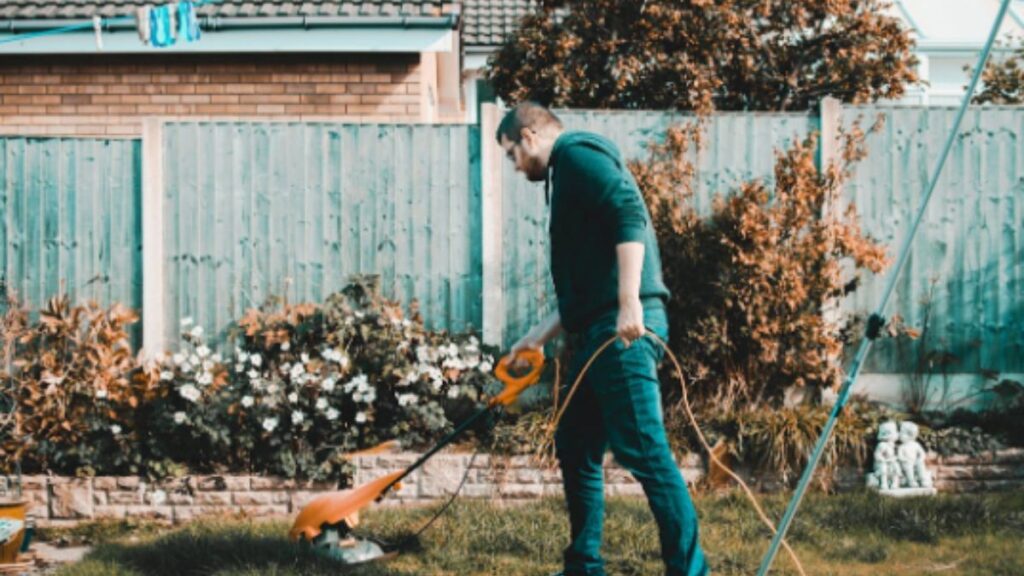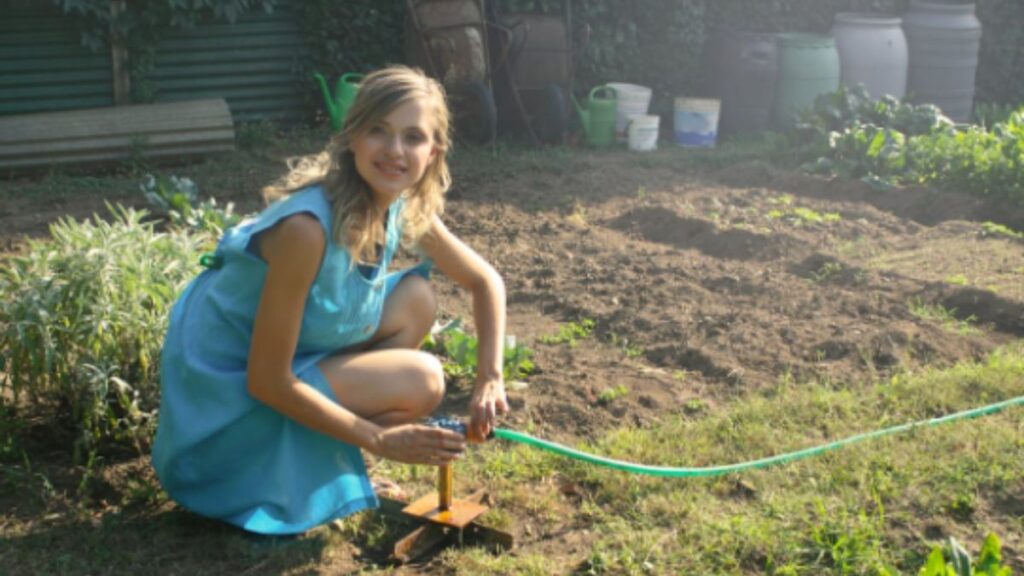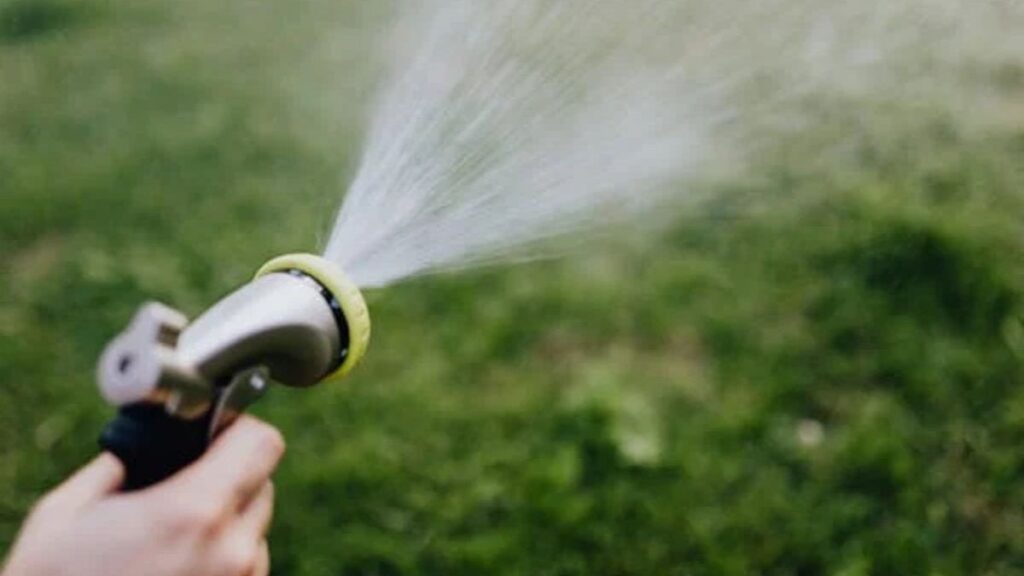A well-maintained lawn can enhance the appearance of your property, making your home more inviting and providing a relaxing outdoor space. Achieving a beautiful yard requires more than just watering the grass; it involves consistent care and attention to various aspects of lawn maintenance. From keeping weeds under control to ensuring your grass gets the nutrients it needs, there are several key techniques to help you maintain a healthy, vibrant lawn. In this article, we’ll explore how to keep your yard looking its best throughout the year with effective lawn care practices.

Weed Removal: The First Step Toward a Healthy Lawn
Weeds are one of the most common issues homeowners face when maintaining a beautiful lawn. These unwelcome plants compete with grass for essential nutrients, water, and sunlight, often leading to unhealthy patches in your yard. If you’re looking for professional assistance with weed control in Prescott Valley, there are local services available that specialize in keeping your yard free of invasive plants. Removing weeds regularly is critical to prevent them from overtaking your lawn. Regular mowing, hand-pulling, or using eco-friendly herbicides can help manage weeds. For areas prone to weed growth, you may want to consider applying mulch to suppress new weed development.
Mowing: The Key to Healthy Grass Growth
Proper mowing is crucial for maintaining a neat and healthy lawn. Cutting your grass too short can stress the plants, making them vulnerable to diseases and pests. On the other hand, letting your lawn grow too tall can lead to uneven growth and attract unwanted critters. The ideal grass height will depend on the grass variety, but generally, it’s recommended to mow your lawn at a height of about 2.5 to 3.5 inches. Additionally, always ensure that your mower blades are sharp, as dull blades can tear the grass rather than cutting it cleanly, causing damage.
Fertilization: Feeding Your Lawn the Right Way
Just like any living organism, your lawn needs nutrients to thrive. Fertilization is one of the most important aspects of lawn care because it helps the grass grow strong and resilient. There are different types of fertilizers available, including organic and synthetic options. Organic fertilizers release nutrients slowly, helping to improve soil health over time, while synthetic fertilizers provide quick boosts of nutrients but may cause imbalances if overused. It’s essential to fertilize your lawn based on the season; for example, feeding your grass in early spring and fall ensures it has the nutrients it needs to survive winter and grow in the warmer months.
Aeration: Improving Soil Health and Root Growth
Soil compaction is a common issue that can prevent grassroots from growing deep and strong. Aerating your lawn involves creating small holes in the soil to allow air, water, and nutrients to penetrate more effectively. This process helps to relieve compaction and provides a healthier environment for grassroots to expand. Aeration is particularly beneficial for lawns that experience heavy foot traffic or those with clay soil, which is prone to compaction. Aeration once or twice a year, depending on the condition of your lawn, will improve its overall health and appearance.
Watering: Proper Irrigation for a Lush Lawn

While watering may seem like the simplest aspect of lawn care, it’s also one of the most important. Too much or too little water can harm your grass, so it’s essential to find the right balance. Overwatering can lead to root rot, while underwatering can cause your grass to dry out and turn brown. The best approach is to water deeply but infrequently, ensuring that your grass receives around 1-1.5 inches of water each week, either from rainfall or irrigation. Early morning is the ideal time to water your lawn, as it allows the grass to dry before evening, reducing the risk of fungal diseases.
Pest and Disease Management: Keeping Your Lawn Protected
Pests and diseases can quickly damage your lawn if left unchecked. Common lawn pests, like grubs and chinch bugs, feed on grass roots and leaves, leading to yellowed or dead patches. Preventive treatments and monitoring for signs of infestation can help you address these issues early. Additionally, keeping your lawn healthy through proper mowing, watering, and fertilization will make it more resilient to disease. If you notice symptoms of lawn diseases, such as brown spots or mold, take action immediately by treating the affected areas with fungicides or contacting a lawn care professional.
Maintaining a beautiful yard requires consistent care and attention to detail. By staying on top of these essential practices, your yard will thrive and continue to bring you joy for seasons to come.







